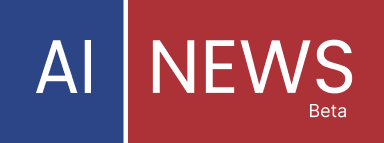Introduction:
Hezbollah, a Lebanese militant group with strong backing from Iran, has emerged as a significant player in the volatile Middle East region. With its well-equipped paramilitary force and extensive arsenal, Hezbollah has become a growing concern for neighboring countries and global powers. This article aims to provide an overview of Hezbollah’s military capabilities, its relationship with Iran, and the potential threats it poses to regional stability.
Hezbollah’s Paramilitary Force:
Hezbollah boasts a formidable paramilitary force, which is estimated to have around 20,000 to 30,000 highly trained fighters. These fighters have gained significant combat experience through their involvement in various conflicts, including the Syrian Civil War. Hezbollah’s paramilitary force operates as a hybrid force, combining conventional military tactics with guerrilla warfare strategies. This versatility enables them to effectively challenge conventional forces, as witnessed in previous conflicts with Israel.
Arsenal and Capabilities:
Hezbollah’s arsenal is believed to include tens of thousands of rockets and missiles, some with advanced guidance systems and long-range capabilities. This vast arsenal poses a significant threat to Israel and other neighboring countries. Furthermore, Hezbollah has reportedly acquired anti-tank guided missiles, surface-to-air missiles, and even armed drones, enhancing its asymmetric capabilities and expanding the scope of potential attacks.
Iran’s Support:
Hezbollah’s military prowess is heavily reliant on support from Iran. Iran provides financial backing, training, and sophisticated weaponry to Hezbollah, viewing the group as a key proxy force to exert influence in the region. This support has allowed Hezbollah to build a strong infrastructure and maintain a constant supply of weapons, making it a potent force in the Middle East.
Regional Implications:
Hezbollah’s actions and provocations have often led to regional tensions and the potential for escalation. Its involvement in conflicts in Syria and Iraq has further increased concerns over its expanding influence and potential destabilization of the region. The recent release of surveillance footage by Hezbollah, showcasing Israel’s strategic locations, raises security concerns and highlights the group’s ability to gather intelligence and potentially carry out attacks.
International Response:
Hezbollah’s activities have drawn the attention of global powers, particularly the United States and its allies. The US has designated Hezbollah as a terrorist organization and imposed economic sanctions to curb its funding. Efforts to counter Hezbollah’s influence include diplomatic pressure, intelligence cooperation, and support for regional allies. However, the complex political dynamics in the region, coupled with Iran’s continued support, pose challenges to effectively neutralize Hezbollah’s military capabilities.
Conclusion:
Hezbollah’s military force, backed by Iran, poses a significant challenge to regional stability in the Middle East. With its paramilitary strength, extensive arsenal, and involvement in conflicts, Hezbollah has become a major player in the region’s power dynamics. It is essential for international actors to closely monitor and address the evolving threat posed by Hezbollah to mitigate the potential for further escalation and ensure the security of the region.
